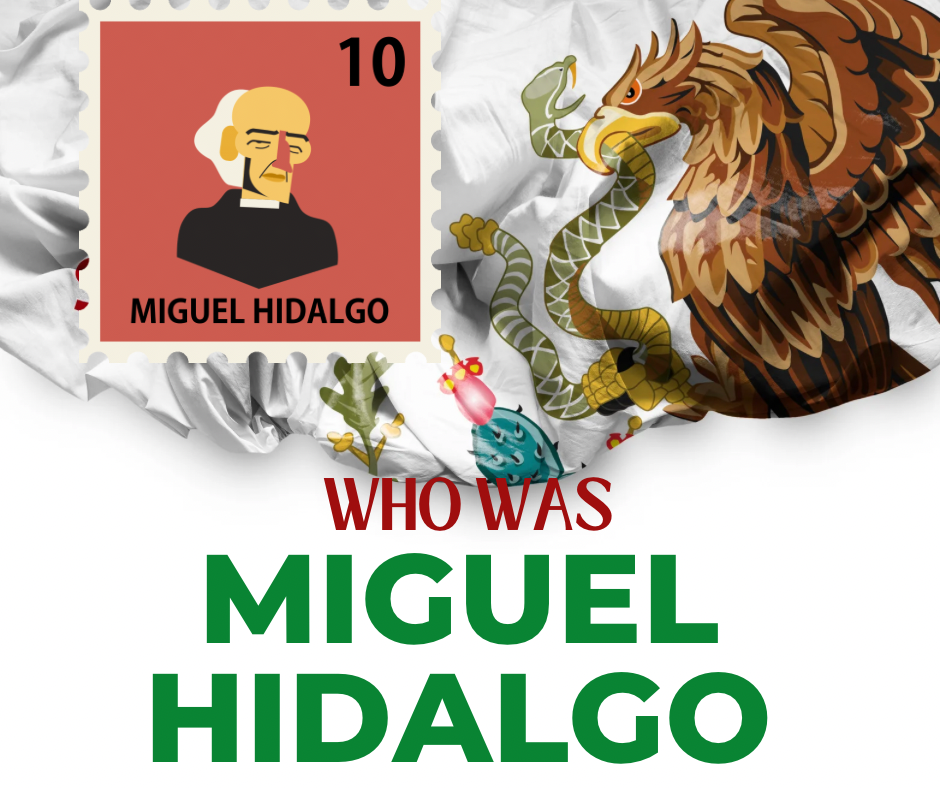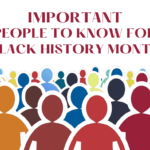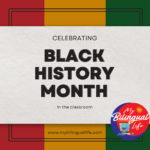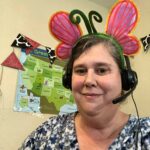Who was Miguel Hidalgo y Costilla? In history, there are individuals whose names echo with the resounding cadence of change, whose actions inspire nations, and whose dedication to a cause becomes the stuff of legends. In the vibrant tapestry of Mexican history, there is one such luminary whose name stands as a beacon of hope and freedom — Miguel Hidalgo y Costilla.
In this blog post, we embark on a journey through the life, legacy, and indomitable spirit of Miguel Hidalgo, affectionately known as the “Father of Mexican Independence.” Hidalgo’s story is not merely a chapter in history; it’s a testament to the power of an individual to ignite a revolution, to challenge the status quo, and to pave the way for a nation’s quest for freedom.
From his early years as a priest in the colonial heartland of New Spain to the defining moment when he rang the bell of rebellion in the small town of Dolores, we’ll delve into the life of this visionary leader. We’ll explore the ideals that fueled his determination, the events that led to his iconic Grito de Dolores, and the enduring legacy he left behind. Miguel Hidalgo’s journey is a story of courage, sacrifice, and an unwavering commitment to the pursuit of justice and liberty.
Join us as we journey through the pages of history to unravel the enigmatic figure of Miguel Hidalgo and gain a deeper understanding of the pivotal role he played in shaping Mexico’s destiny. His life’s work continues to inspire generations, reminding us that one person’s passion can spark a revolution that changes the course of a nation.
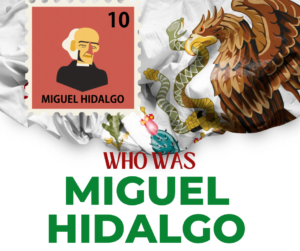
Miguel Hidalgo – Father of Mexico’s Independence
Miguel Hidalgo is often considered the father of the nation of Mexico. He helped start the fight for independence and encouraged his followers to stand up for their rights. Miguel Hidalgo was born on May 8, 1753 in Mexico to Spanish born parents. He was considered a criollo. His father managed a hacienda and he had three brothers. His mother died when he was young.
When Miguel was very young, his father decided that Miguel and his brother Joaquin should become Catholic priests. They were sent to special schools and given the best education possible. Miguel excelled at school. He studied traditional subjects such as Spanish, Religious Education, Math, and Science, but he also studied several native languages, Italian, and French. He loved to read and was known for his cleverness and questioning traditions.
In 1778 at the age of 25 he was ordained a priest. He taught at a college for some time, but he was sent away because he challenged some of the traditional teaching methods. Shortly after, he was sent to Dolores, Guanajuato to take his brother’s place as priest when his brother died.
Hidalgo did not follow many of the Catholic traditions. He did not live a life of poverty and he was married and had several children. This was not acceptable for priests of the time. He opened his house to criollos, mestizos, and indians alike. (The mestizos were people of mixed indian descent). He was kind and spent time helping the poor of his parish learn trades that could help them escape poverty. He taught them beekeeping, growing grapes, pottery, and leather work. He wanted to make the indians and the mestizos more self-reliant. The Spanish leaders did not like this and they ordered him to stop.
Miguel Hidalgo knew that he was already out of the good graces of Spain. He started collaborating with a group of people who were considering how Mexico could gain independence. On September 16, 1810 before his nightly mass, he released at least 80 political prisoners who were being held by the Spanish and called his followers to action. This was known as the Grito de Dolores (the cry of Dolores) and is commemorated as Mexico’s Independence Day to this day even though they did not become independent for more than 10 years.
Hidalgo led the makeshift army of Mexicans having no military training. It was said that he was leading a group of undisciplined rebels. But this group under his leadership took control of several towns and was even able to take over the warehouse in Guanajuato – La Alhóndiga de Granaditas – where more than 400 Spanish had taken refuge. When his people were able to take over this building, they slaughtered everyone inside.
Because of the unruliness of his troops, many people questioned Hidalgo. There were some problems among the leaders of the revolution and Hidalgo gave over leadership of the group although he remained with them to give his support. Shortly after, he was captured. His priest status was taken away, he was excommunicated from the Catholic church, and later executed. His head along with the heads of 3 other leaders of the Mexican troops were hung from the four corners of the La Alhóndiga de Granaditas as a threat by the Spanish for anyone who would come against them. Unfortunately, he did not live to see his dream for Mexico’s independence realized.
After the revolution, Miguel Hidalgo’s body was later moved to a memorial underneath the Angel of Independence in Mexico City (along with the remains of other leaders of the independence). The town Dolores was renamed Dolores Hidalgo in his memory and he is known as the father of the nation.
Resources at My Bilingual Life for Miguel Hidalgo and Mexico’s Independence Day
You might check out this timeline of Mexico’s history. It will give a solid foundation of the major events in Mexico’s history.
Read more about Mexico’s Independence Day.
Read about the Mexican National Anthem.
Here is a related video about Miguel Hidalgo on our YouTube Channel.

